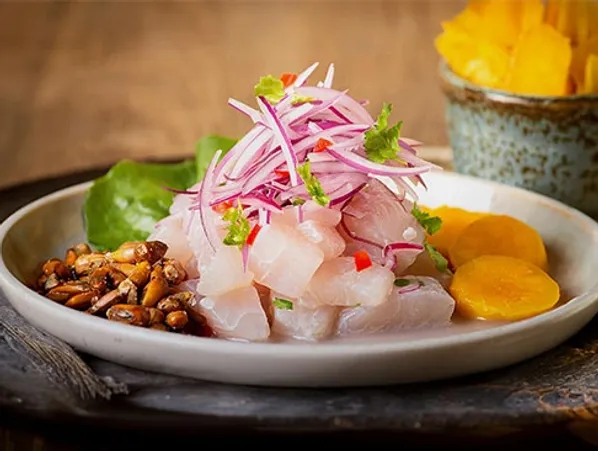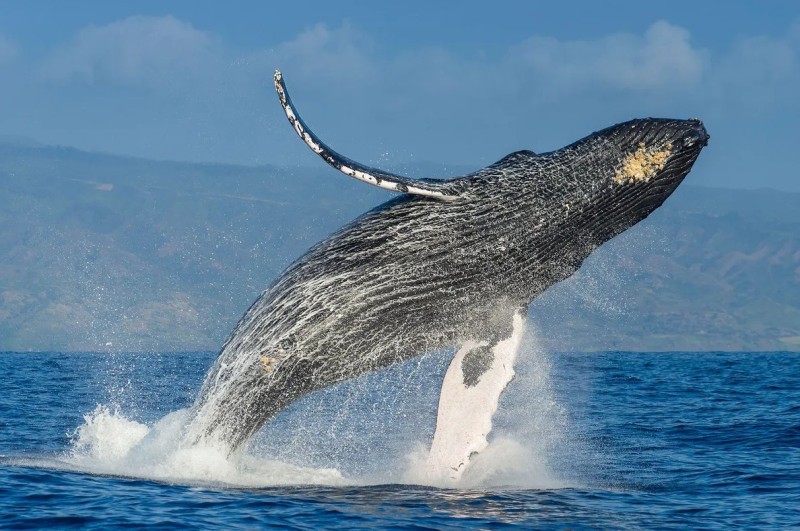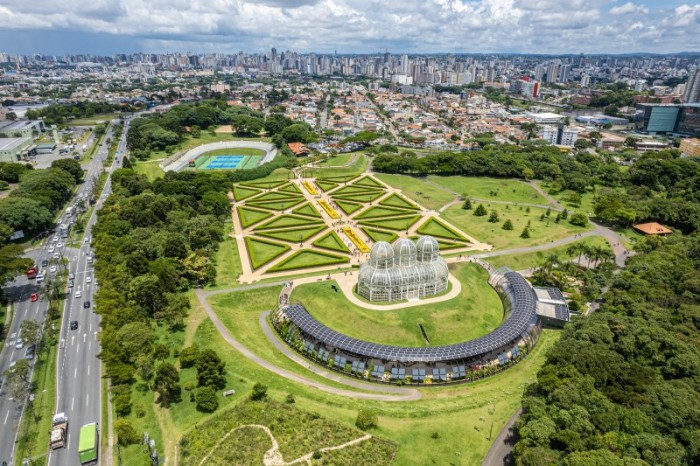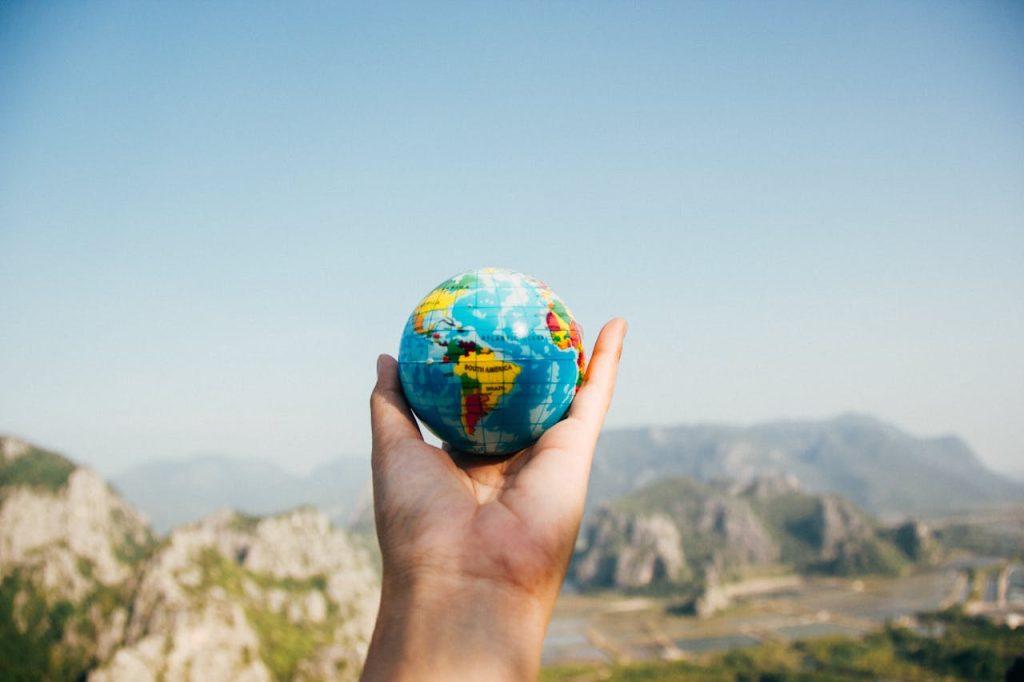Ceviche, this fresh and spicy dish, is a symphony of flavours that instantly evokes the cultural richness of Latin America. Recognised as a jewel in the crown of Peruvian cuisine and enjoyed the world over, ceviche is more than just a dish: it’s a journey through history and taste that spans the ages and continents.
Pre-Columbian origins
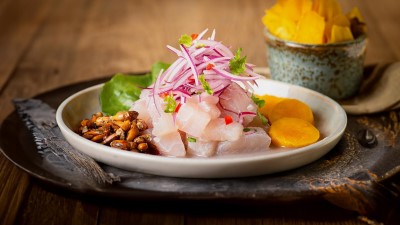
The roots of ceviche go deep into pre-Columbian history, with Peru‘s Mochica culture standing out as the probable birthplace of the dish. The ancient Mochicas used to prepare fish with salt, lemon and curubas, a simple but delicious culinary approach that quickly gained in popularity.
Influences and developments
The influence of the Incas and the arrival of the Spanish conquistadors brought ingredients and culinary techniques that enriched the original recipe. The introduction of lime and the maceration method were turning points in the evolution of ceviche, transforming it into a dish with more complex and nuanced flavours.
Recognition and diversity
The recognition of Peruvian ceviche by UNESCO as an Intangible Cultural Heritage of Humanity on 13 December 2023 underlines not only its gastronomic importance but also its role in preserving the traditions and knowledge of Peruvian fishing and cooking communities.
Regional variations
Each Latin American country has its own interpretation of ceviche, reflecting the cultural diversity of the region. From Ecuadorian ceviche with tomatoes and mustard to Mexican ceviche prepared with avocado and olives, each variation adds its own unique touch to this traditional dish.
In just a few years, ceviche has conquered tables all over the world, yet it remains the embodiment of the cultural and culinary evolution of an entire region, linking peoples across time and space. Every bite of ceviche is a tribute to ancient civilisations, foreign influences and the richness of local produce, a celebration of Latin American identity in its tastiest form.

